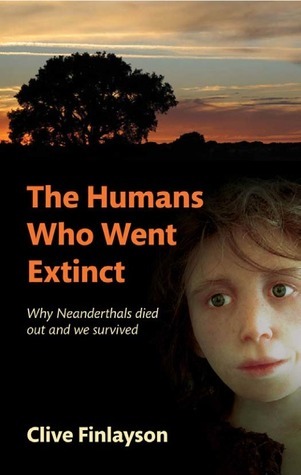What do you think?
Rate this book


288 pages, Hardcover
First published September 24, 2009
"On the front cover of this book is the reconstruction of a Neanderthal woman. Doesn’t she look human? Perhaps her strikingly human appearance comes as something of a shock. It erodes our assumptions of uniqueness."